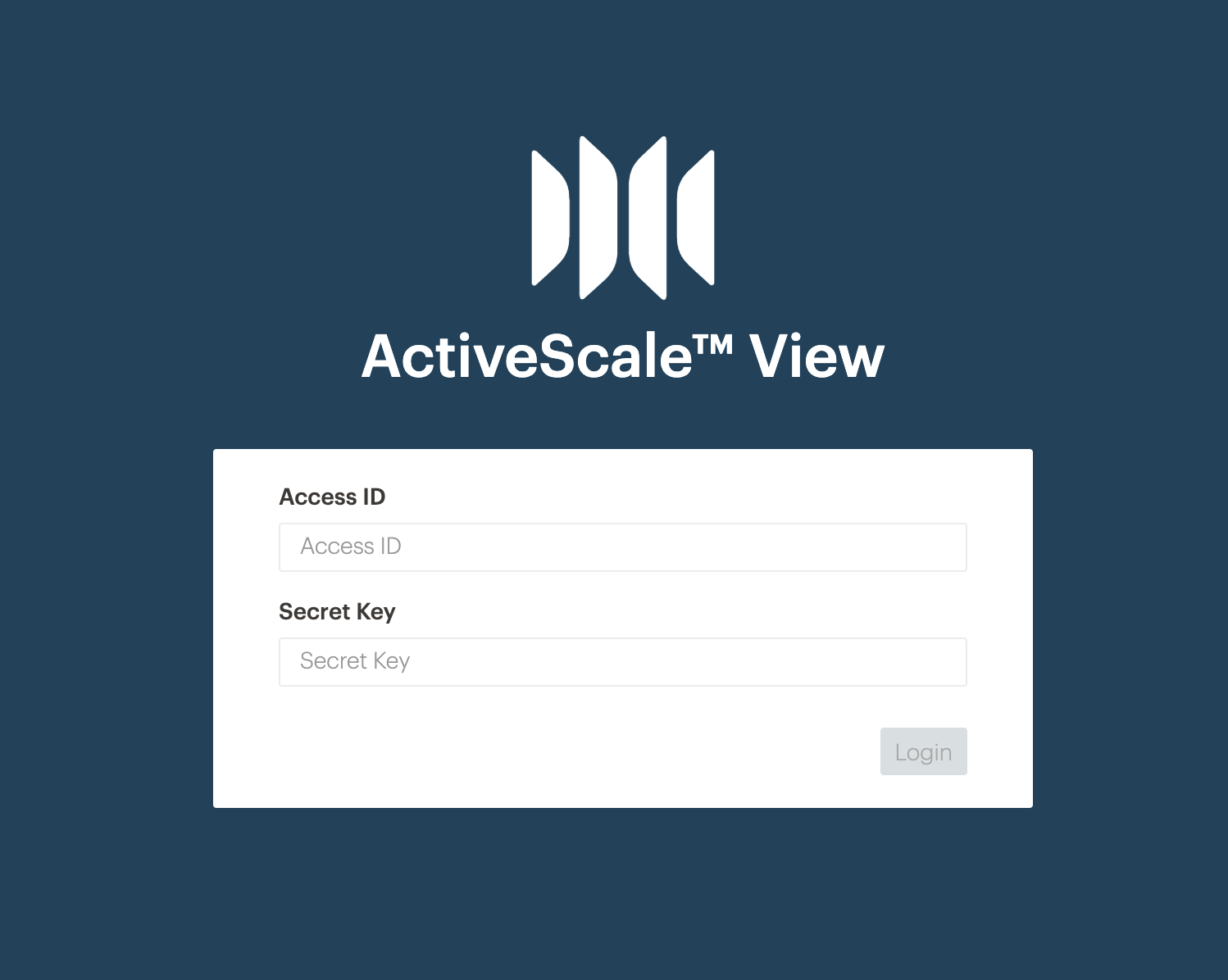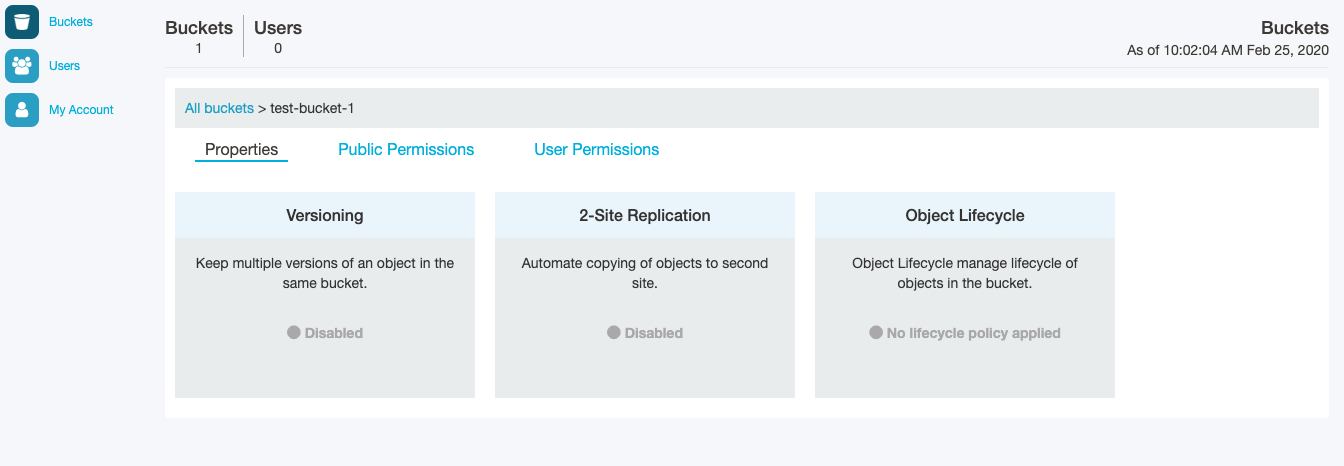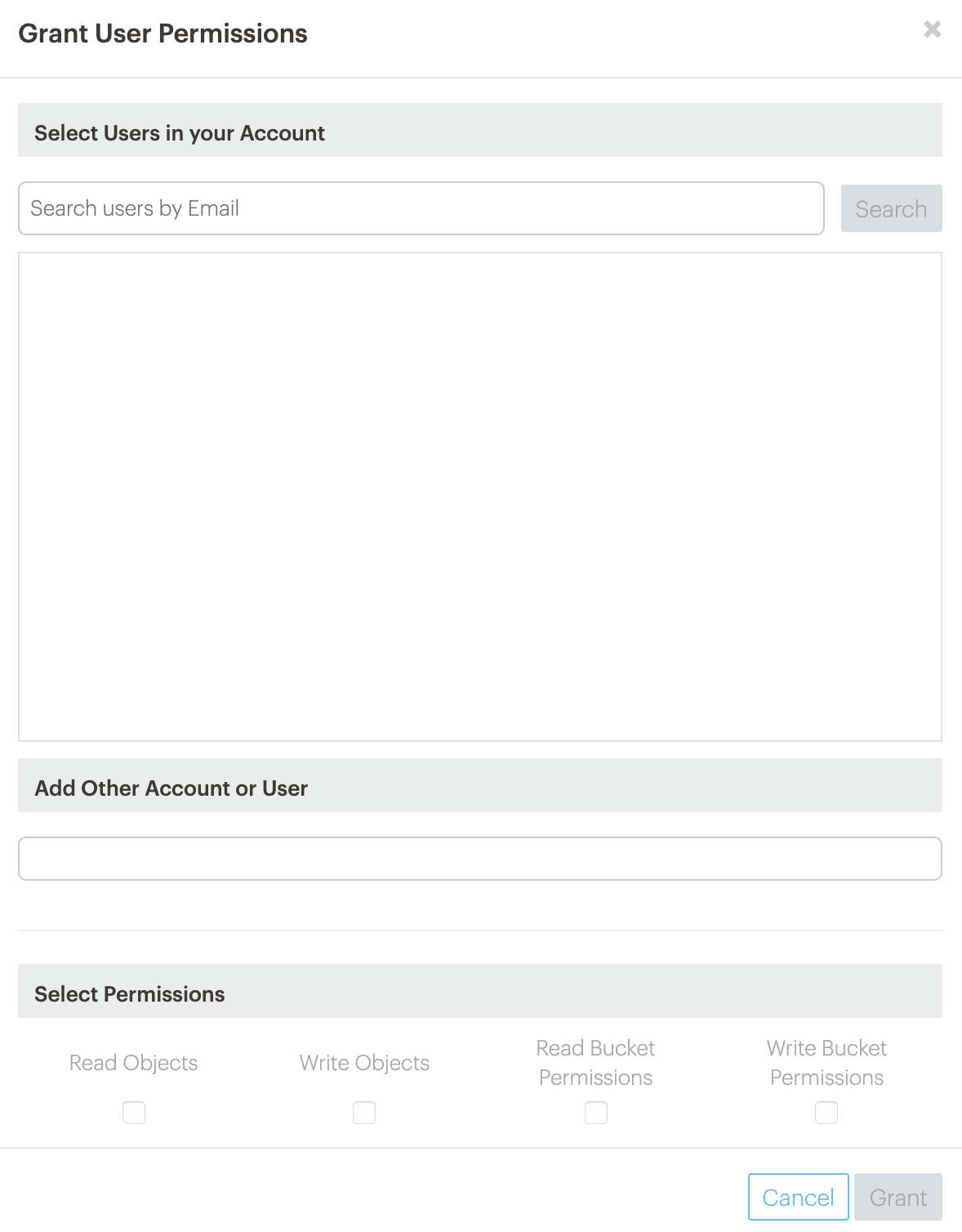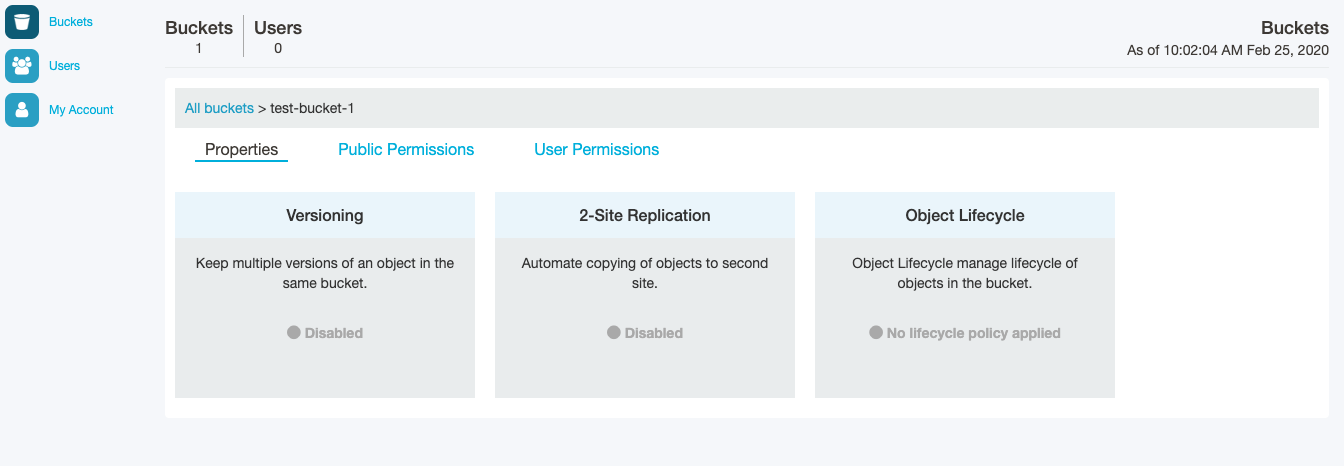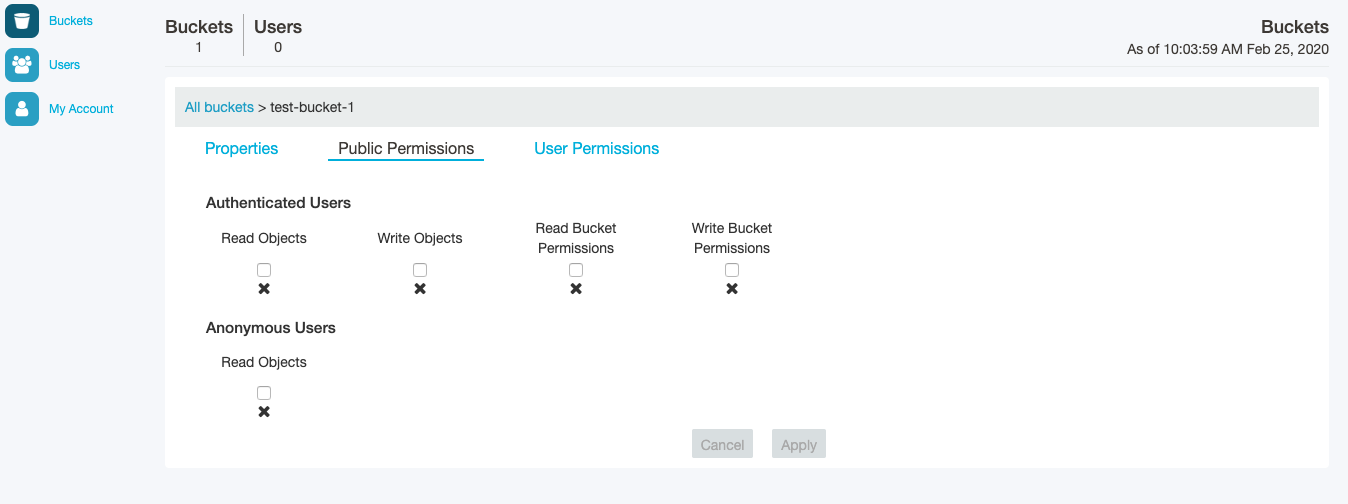Page contents
Using the web GUI to log into your S3 admin account
After connecting to the UCAR internal network or the VPN:
- Set your browser to point to this URL: https://stratus-admin.ucar.edu:10443/asview
- Enter your access ID and secret key
Figure 1.
Creating buckets
Figure 2 shows the screen where you'll create buckets. To create a bucket, press the "Create Bucket" button and you'll be prompted for a bucket name. Note that the bucket name must be globally unique for the entire system. If a different account holder on the system already has a bucket with that name, you'll get an error. This behavior conforms with the AWS S3 API. (See also https://stackoverflow.com/a/59656742/25891)
Figure 2.
Figure 3 shows your new bucket and will show all your buckets as you create them.
Figure 3.
Now that a bucket has been created, you can write objects to the bucket and read from it using the access and secret keys that you used to log onto the web interface.
There are many clients that can be used to take S3 actions, such as transferring objects to/from the system, listing buckets, etc.
- For example, the cyberduck desktop client can be utilized.
- Or python scripts (using the boto3 library) can be used to perform S3 operations. CISL has tried alternative access libraries bucketstore and apache-libcloud, but they lack the ability to select the URL where to connect, and therefore cannot be used with CISL's hardware (only with AWS).
These other clients can also be used to create buckets and manage your account (not everything has to be done through this web interface).
When connecting to the system with a client to perform S3 operations (e.g., transfer data, etc.), use the IP name stratus.ucar.edu rather than stratus-admin.ucar.edu. The IP name stratus-admin.ucar.edu should only be used to connect to the administrative web GUI.
Granting permissions to other users
By default, only the account owner has the privileges to write to and read from buckets in the account. It's possible to grant other users on the system and even anonymous users (those without any keys) write and read privileges.
The account owner is responsible for informing additional users of CISL communications regarding this system, such as announcements of planned downtime, or ensuring that they subscribe to the "Stratus Object Storage" Notifier list.
To grant other users access, you may need to first add the user. Press the “Users” link on the left side of the screen and add the user. Once the user has been added click on a specific bucket name shown in the list of buckets in Figure 3. Figure 4 shows the options you will see for granting access. Selecting “User Permission” will allow you to grant access to a specific user.
Figure 4.
Figure 5
In the section titled "Add Other Account or User" as shown in Figure 5, enter the email address of the person you would like to grant access to. Next, select the permissions you want to grant:
| Permission | Meaning |
|---|---|
| Read objects | Allows the user to read objects from the bucket |
| Write objects | Allows the user to write objects to the bucket |
| Read bucket permissions | Allows the user to read the permissions on the bucket and, for example, see what other users have permissions on the bucket |
| Write bucket permissions | Allows the user to change the permissions on a bucket. For example, a user could grant another user permissions on the bucket |
Once granted, the specific user will have the permissions that you've configured for that bucket. Since each bucket has its own permissions, you'll need to set permissions for each bucket if you want other users to be able to access it.
It's also possible to grant permissions to what are termed public users. A public user is defined as either an anonymous user or an authenticated user. An anonymous user means a user who does not need any keys to access the bucket; anonymous users can only read objects from buckets. An authenticated user means any user on the system. To grant permissions to public users, click on "Public Permissions" in the screen that was visited earlier and shown in Figure 6.
Figure 6.
Figure 7.
Select the permissions you want to grant, as shown in Figure 7, to enable access for authenticated users or anonymous users. Note that the Data Commons System is currently only reachable from devices on the internal UCAR network. Devices outside of the UCAR network are not able to access the storage system, even for anonymous access.
Vendor documentation
Here is a link to vendor documentation that may help you:
Glossary
AWS SDK - Amazon Web Services Software Development Kit for Python (Boto3) (http://aws.amazon.com/sdk-for-python/)
Bucket - Container to store objects, similar to a directory
Cyberduck - Cloud storage browser (http://cyberduck.io)
Object - data structure that stores both file metadata and data
